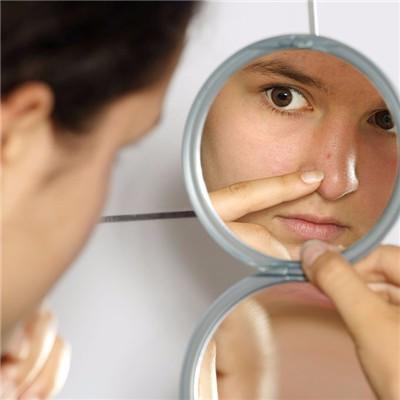What kinds of eyelid congenital abnormal complications?
summary
Congenital blepharoptosis is caused by the weakness and deformity of levator palpebrae superioris muscle or congenital hypoplasia of its innervating nerve and nerve nucleus, resulting in partial or complete blepharoptosis and occlusion of pupil. The incidence rate was 0.12%, which could be seen in one or two eyes, and 75% in unilateral. The light will affect the appearance, which will cause adverse effects on the psychological and personality development of children during their growth; Severe occlusion of pupil will affect visual development and form deprivation amblyopia, especially monocular patients, whose amblyopia is deeper and more difficult to correct. Let's share my experience with you.
What kinds of eyelid congenital abnormal complications?
According to the degree of ptosis, it can be divided into mild, moderate and severe. In mild cases, the eyelid cleft was small and the eyes were absent. The size of two eyes was different in patients with monocular disease; Moderate and severe patients usually need to lift their eyebrows and head up to form a special position when they are looking up or looking up. Over time, it will affect the children's spine development, and long-term eyebrow raising will increase forehead wrinkles; Strabismus may also exist in patients with extraocular paralysis; The patients with congenital blepharophimosis have a specific face.

Congenital blepharoptosis should be differentiated from pseudoblepharoptosis caused by vertical strabismus, acquired myasthenia gravis, congenital microphthalmos and atrophy of eyeball.

The appearance of the lower eyes with vertical strabismus is similar to ptosis. When the fixation eyes are covered and the lower eyes are looking forward, the eyelid fissure can be widened to normal. Small eyeball, eyeball atrophy due to the lack of eyelid support, also show blepharoptosis, can be confirmed by auxiliary examination of the existence of small eyeball.

matters needing attention
The more severe blepharoptosis is, the more obvious the regression is when frontalis suspension is needed. Therefore, surgeons usually do appropriate overcorrection according to the condition of the patient to ensure the long-term effect.














